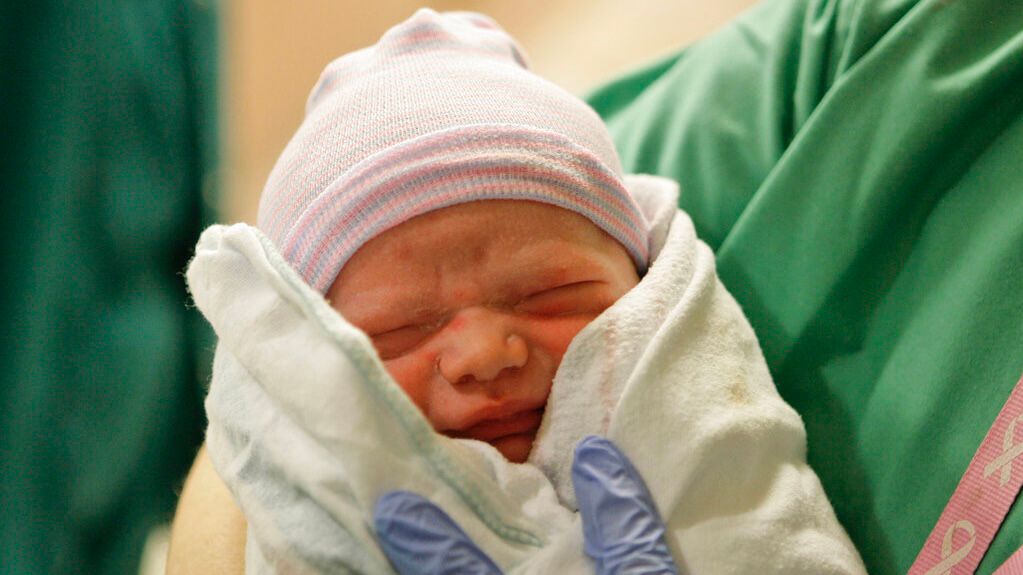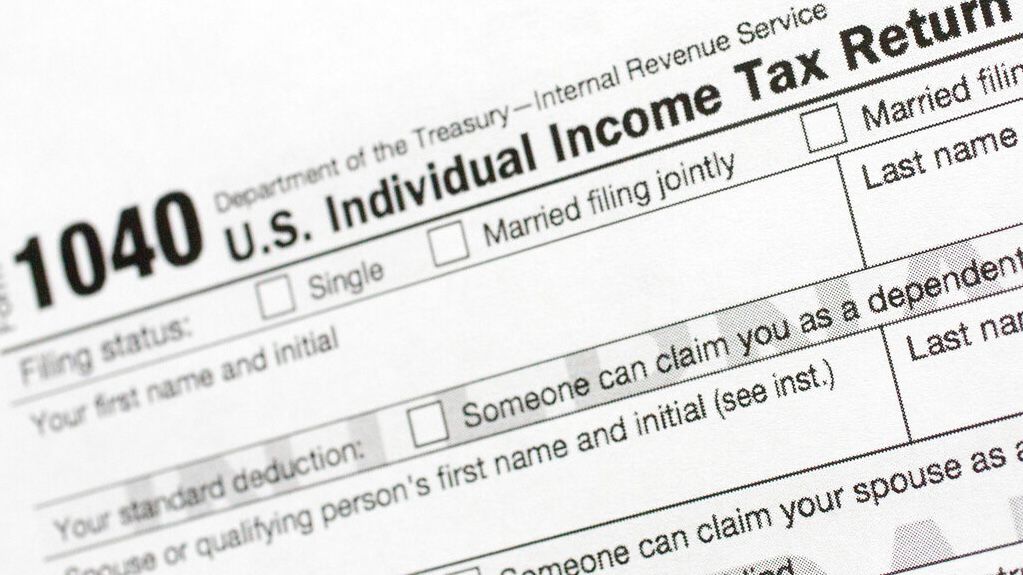WASHINGTON — Continuing a trend that has lasted nearly two decades, more older women are giving birth than females in their teens and 20s.
In 2024, the number of teenagers giving birth fell to its lowest level since 1991, the U.S. Centers for Disease Control and Prevention reported Wednesday. The birth rate for 15- to 17-year-olds fell 4% compared with 2023 and was down 3% for 18- and 19-year-olds. The record lows follow 17 consecutive years of declines, as teens delay having sex and use contraceptives.
Even among women aged 20 to 24, births were down 2% in 2024, marking a record low for the group. The birth rate for women in their early 20s has fallen 46% since 2007.
In 2024, the birth rate increased a modest 1% among 30- to 39-year-olds and was up 2% in 40- to 44-year-olds, reflecting a delay in pregnancies as women pursue education and careers before they start families.
Overall, the U.S. birth rate inched up 1% last year to 3,622,673.
While the number of births decreased for Black (-4%), Native American (-3%), Alaska Native (-3) and white women (by less than 1%), births rose for Hispanic (+4%) and Asian (+5%) women.
The CDC based its data on 99.92% of all 2024 birth records it received from the National Center for Health Statistics.
U.S. births have been falling almost every year since the Great Recession in 2008 and 2009 with the exception of two slight upticks — in 2014 and then in 2021 and 2022, when women who put off pregnancies during the COVID-19 pandemic had children.
The CDC noted that the number of U.S. births declined an average of 2% per year from 2015 through 2020 and has fluctuated ever since.
The fertility rate in 2024 is what the CDC considers “below replacement,” or the level required for a generation to replace itself. The fertility rate has been consistently below replacement since 2007.








